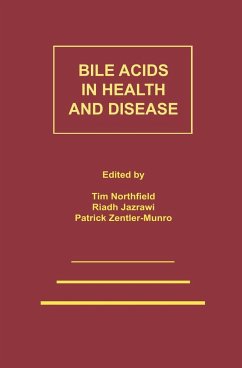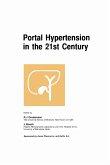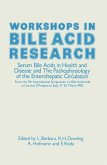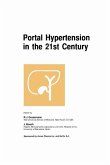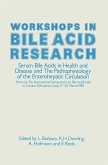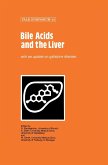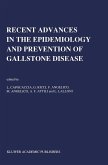Bile acids occupy a central position in in the absorption, excretion and metab olism of lipids within the body. Our understanding of their unique properties has illuminated many biochemical and biophysical processes. Animals have evolved a unique system of preserving these important detergent-like molecules within the body and reusing them many times - the enterohepatic circulation. Disorders of the enterohepatic circulation contribute to a correspondingly wide range of diseases, and recent developments have centred in particular on cholesterol gallstone disease and bile acid diarrhoea. Successful manage ment of these diseases is increasingly based on an understanding of the physicochemical and biochemical properties of bile acids, and of their pathophysiological role in disease. Professor Alan Hofmann starts this book with an overview of the enterohepatic circulation of bile acids. The first section then discusses biliary lipid synthesis, transport and secretion by the liver and the solubilisation of cholesterol in the bile. The next section applies this knowledge to the pathogenesis of cholesterol gallstones. Separate chapters focus on defects in biliary lipid secretion, in cholesterol solubilisation and in gallbladder motility. The succeeding sections then review posssible approaches to gallstone prevention, and assess recent developments in non-surgical forms oftreatment. Two exciting new therapies that receive particular attention are contact dissolution therapy with methyl tert-butyl ether and extracorporeal shock wave lithotripsy. Further sections turn to the absorptive functions of bile acids in health.

